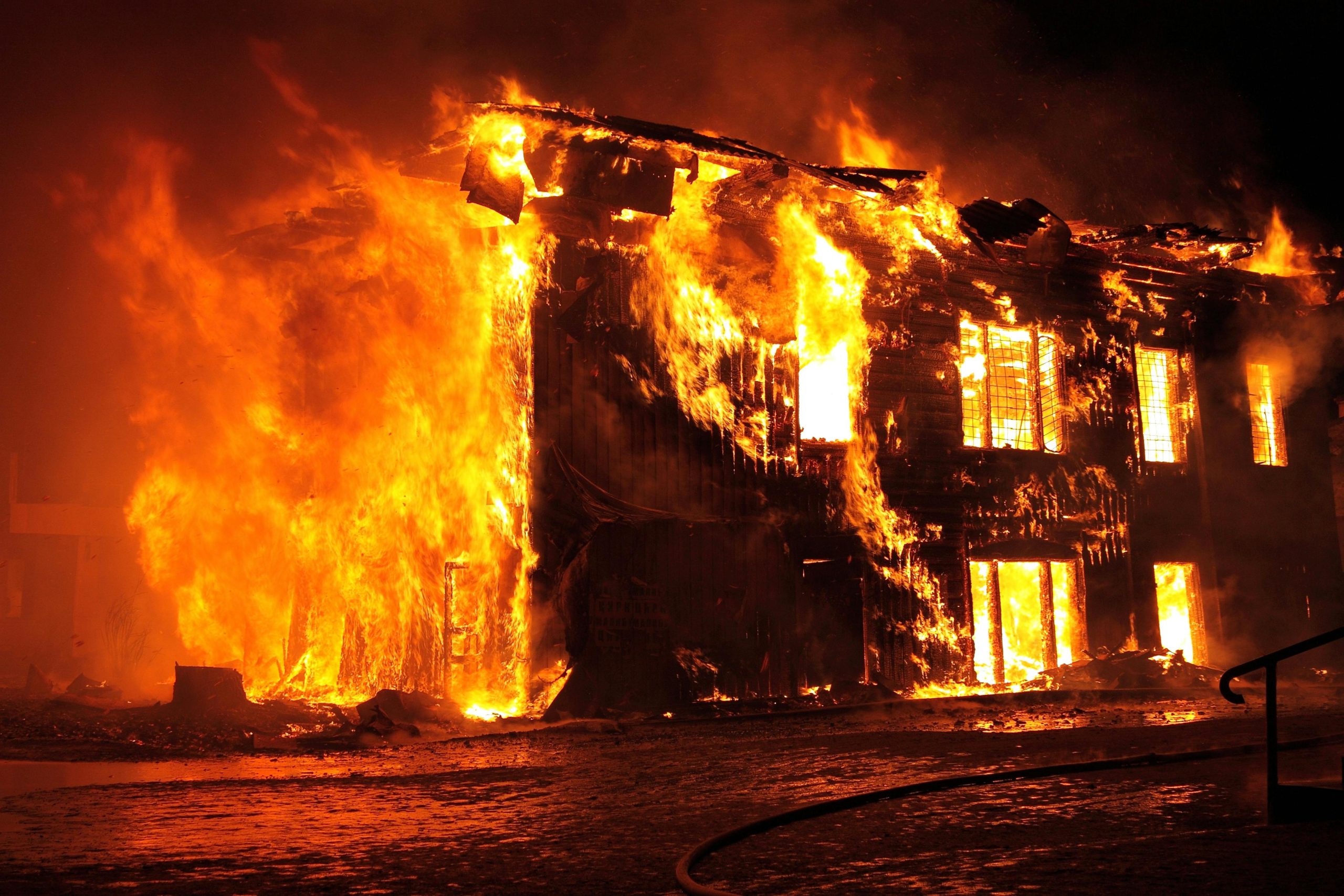Introduction
The recent wildfires in Los Angeles have wrought unprecedented devastation, resulting in the loss of over 12,300 structures and causing insured property losses estimated at up to $40 billion.
Beyond the immediate destruction, these disasters have profound and lasting economic impacts on communities, businesses, and individuals. This article explores effective economic strategies to manage and mitigate the financial repercussions of such natural calamities, aiming to guide policymakers, business owners, and residents toward a resilient recovery.
1. Immediate Response: Mobilizing Resources and Support Systems
When disasters strike, the first priority is to provide immediate relief to affected individuals and businesses. The Los Angeles County Department of Economic Opportunity (DEO) launched an emergency resources webpage to serve as a one-stop hub for recovery efforts. This platform offers:
- Up-to-date information on recovery programs and emergency support.
- Assistance for businesses, including structural loss compensation and revenue disruption aid.
- Support for workers, such as unemployment benefits, job placement services, and wage loss assistance.
Such centralized systems ensure that affected parties can quickly access the help they need, minimizing economic downtime.
2. Strengthening Local Economies: Supporting Small Businesses
Small businesses are often the backbone of local economies, yet they are particularly vulnerable during disasters. The DEO’s East LA Entrepreneur Center provides concierge services for small businesses, including referrals to capital, legal assistance, and certification for public sector contracts3. Additionally, offering no-cost skills training and job readiness workshops can help displaced workers re-enter the workforce, fostering economic resilience.
3. Risk Mitigation and Preparedness: Building Fire-Adapted Communities
Preventing future disasters is as crucial as managing current ones. The International Association of Fire Chiefs (IAFC) emphasizes the importance of creating fire-adapted communities through programs like “Ready, Set, Go!” This initiative educates property owners on preparing for wildfires, reducing community risk, and improving evacuation routes.
Investing in proactive measures, such as vegetation management and fire-resistant infrastructure, can significantly reduce the economic impact of future disasters. Collaborative efforts between federal, state, and local agencies are essential to implement these strategies effectively.
4. Financial Protection Mechanisms: Insurance and Risk Transfer
Economic recovery often hinges on the availability of financial resources. Insurance plays a critical role in mitigating losses, but many individuals and businesses may lack adequate coverage. Governments and organizations can promote risk-sharing mechanisms, such as public insurance programs, to ensure broader protection.
Moreover, integrating disaster risk reduction (DRR) into economic policies can help communities build resilience. For example, cost-benefit analyses of risk-sensitive investments can guide decision-making, ensuring that resources are allocated efficiently6.
5. Long-Term Recovery: Rebuilding and Economic Revitalization
Recovery is not just about restoring what was lost but also about building back better. The Sendai Framework for Disaster Risk Reduction highlights the importance of enhancing preparedness and ensuring that reconstruction efforts contribute to long-term resilience6.
In Los Angeles, the DEO is working closely with state and local agencies to mobilize resources for rebuilding efforts. This includes hosting webinars and events to guide businesses and workers through recovery and preparedness. By focusing on sustainable development and community resilience, affected areas can emerge stronger and more economically stable.
Conclusion
The path to economic recovery following natural disasters like the Los Angeles wildfires is multifaceted, requiring immediate action, strategic planning, and community engagement. By assessing economic impacts, securing financial assistance, implementing effective insurance and risk management strategies, enacting supportive government policies, fostering community resilience, diversifying the economy, and investing in robust infrastructure, communities can rebuild stronger and more resilient than before. Proactive and informed approaches are essential to navigate the complexities of post-disaster economic recovery and to safeguard against future adversities.
References:
- Federal Emergency Management Agency. (2023). Economic Recovery Support Function. Retrieved from Home
- Los Angeles County Economic Development Corporation. (2025). Business Assistance Resources For Those Affected By The Wildfires. Retrieved from LAEDC
- Barron’s. (2025). How California’s Wildfires Could Lead to Higher Insurance Costs for the Rest of the Country. Retrieved from Barron’s
- World Bank. (2018). Building Back Better: How to Cut Natural Disaster Losses by a Third. Retrieved from World Bank Group
- MarketWatch. (2025). Tax breaks are becoming more generous for natural-disaster victims – just in time for Los Angeles wildfire victims, experts say. Retrieved from MarketWatch
- HogoNext. (2025). How to Support Community Recovery After a Wildfire. Retrieved from HogoNext
- Berkeley Business Review. (2024). The Toll of Catastrophe: The Economics of Natural Disasters. Retrieved from Berkeley Business Review


